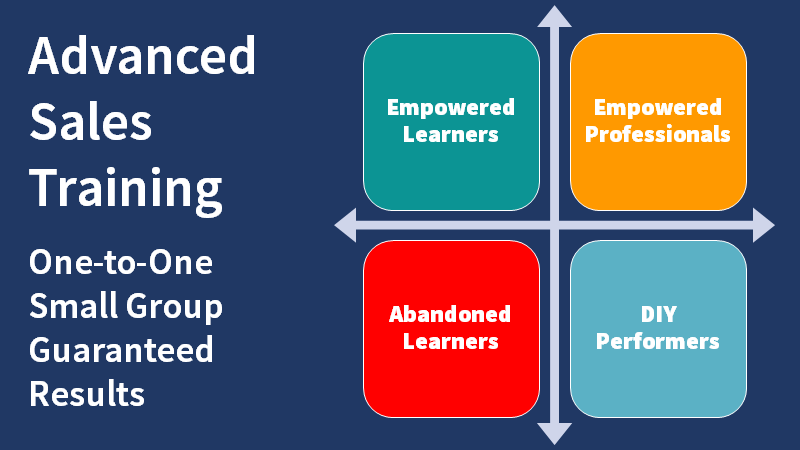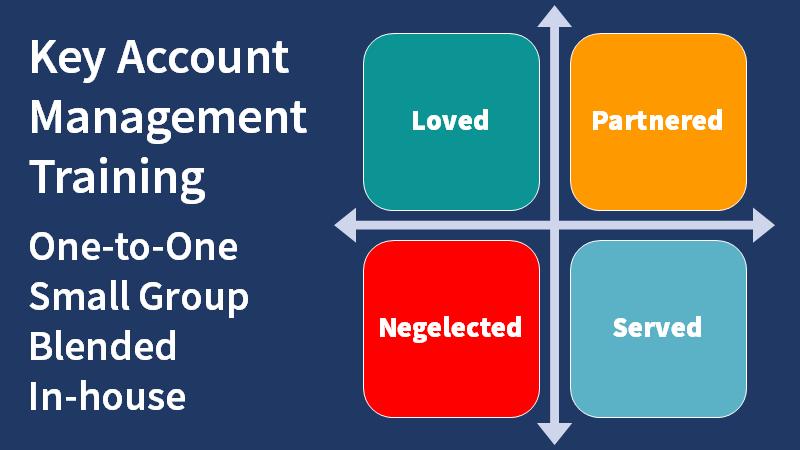How to build a competency based training course or learning programme.

Competency based learning rests on a definition of the competencies to be acquired. This page explains steps for developing a competency based training course or learning programme.
If you define competence and publish it as a desired or required standard, you can leave it up to the individual to organise their own learning.
What are the steps for creating a competency based training course?
The following process provides a step-by-step guide for establishing your own competency-based training course or learning programme.
1. Define the required competence.
a) List all the things a person with this competence should know. This doesn't need to be a list of the actual knowledge, just the classifications. For example, "How the company was formed." and "The unique features of (product name)".
b) List all the things a person with this competence should be able to do. For example, "Plan a sales call according to nominated method." and "Qualify a sales opportunity using (nominated method)".
c) List all the things this person is expected to do together with when each thing needs to be done. For example, "Update a sales forecast weekly." and "Organise progress review meetings for all nominated accounts, at least once a quarter".
2. For each element of knowledge, listed skill, and required action, identify a manual, online resource, guide, or other document that enables those needing to develop the competence, to obtain the necessary information together with appropriate forms and tools.
3. Optionally create a competence based training course that explains the competence model and sets participants on a path for establishing their competency.
4. Create a web page or hyperlinked document that presents all elements of the competence model together with the locations of the information necessary for learning each element of the knowledge, skill, and habitual action.
5. For gamification, create a badge to represent each element or group of elements of the competence model.
6. Publish the competence model to those required to have the competence together with the expected compliance policy. This communication should also list the resources for learning the necessary competencies.
7. Ask all those who are required to have the competence, to assess their compliance. Use a scoring system so that they can indicate their degree of attainment for each element of the competence model.
8. Verify the accuracy of the participant's self-assessment through a one-to-one interview.
9. Ask those with unacceptable gaps to submit their plan for attaining compliance with the declared policy.
10. Establish a cadence of reviews to maintain and update the competence model over time. We recommend full reviews involving all stakeholders at least once a year.
There is a lot of work to do if you recognise the potential of competence-led learning however, the benefits are significant:
- Team members take responsibility for attaining competence.
- Appraisals cease to become a chore and instead are progress reviews.
- Managers are freed up to focus on results.
- Objective assessment can be used for recruitment selection.
- Staff turnover decreases.
- Job satisfaction increases.
- The sales processes become self-governing
- Sales forecast accuracy improves
- Sales performance increases
- The cost of selling is reduced
What should a competency based training course cover?
A competency based training course should explain the necessary skills, knowledge, and behaviours required for effective performance in a specific role or area. Here are the main elements that such a course should include:
Introduction and Objectives:
Overview of the course's purpose and learning objectives.
Explanation of the importance of competency in the specific field.
Core Competencies:
Detailed explanation of the essential skills and knowledge areas.
Focus on technical, interpersonal, and cognitive skills relevant to the field.
Theoretical Knowledge:
Background knowledge and theories related to the competencies being developed.
Industry standards and best practices.
Practical Skills Development:
Hands-on training activities and simulations.
Role-playing exercises and real-world scenarios.
Problem-solving and Critical Thinking:
Activities that promote analytical thinking and decision-making.
Case studies to assess and enhance problem-solving skills.
Communication and Collaboration:
Training on effective communication, both verbal and non-verbal.
Strategies for teamwork and collaborative work environments.
Ethics and Professional Conduct:
Guidance on ethical behaviour and maintaining professional standards.
Discussion of potential ethical dilemmas and appropriate responses.
Performance Assessment:
Methods for evaluating competency levels through assessments and feedback.
Self-assessment tools and peer reviews.
Continuous Improvement:
Encouragement of lifelong learning and development plans.
Tips for seeking additional training and upskilling opportunities.
Feedback Mechanism:
Providing and receiving constructive feedback.
How to use feedback to improve performance and build competencies.
Review and Recap:
Summary of key learning points.
Final review and evaluation exercises to reinforce knowledge and skills.
A well-rounded course should balance theoretical lessons with practical exercises and integrate continuous evaluation to ensure participants develop and maintain the required competencies.
While the benefits of such an initiative are overwhelming, establishing a competency based training course or learning programme can be too challenging for organisations that are fully occupied with day-to-day business priorities.
We can help. Knowing the process, we can do the work, taking direction from appropriate leaders in your organisation. We can identify the necessary competencies, describe them, provide guides and governance documents, and prepare a competency based training course for delivery by us or your staff.
If you want to adopt competency based learning quickly, call us now. Telephone +44 (0)1392 851500. Alternatively, send an email to custserv@salessense.co.uk or use the contact form here.





















